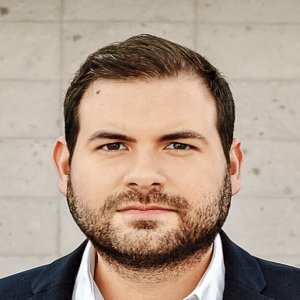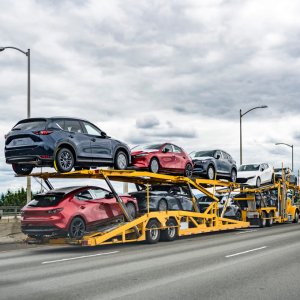Lack of Manufacturing Puts Light on Aftersales Service, Quality

STORY INLINE POST
Local production can be a major advantage for controlling costs, especially in a volatile currency exchange-rate environment, but sensible product launches and an integrated image might be enough to get ahead in the local market, according to Eric Pasquier, Director General of Renault México. This is the challenge the French automaker faces in Mexico as it imports 100 percent of its products. “Without a local manufacturing presence, it is hard to deal with an unpredictable exchange rate that ultimately impacts our revenue,” says Pasquier.
The euro exchange rate is not favorable for the imports-based Renault and if conditions worsen, Pasquier fears the company will not be able to commit to growth beyond a 2 percent market share. “What is most important is to always aim for a balance between sales volume and revenue for the company.” To counter its lack of manufacturing activities in the region and achieve sales goals,
Pasquier has focused on aftersales services, financing for 60-70 percent of Renault’s overall sales in the country and a strong lineup of quality products. Pasquier says that previously, Renault had a lineup for Europe and another for the international market. “Now, we are striving to build the real image of Renault in Mexico. We are marketing vehicles with fewer differences to those in Europe.” The company unveiled two models that follow its global image: the new Koleos was launched at the end of 2016 and in May 2017 Renault released the Captur, both with the same design as their European counterparts.
The Koleos and Captur are part of Renault’s SUV portfolio, complemented by the Stepway and the Duster. With these models, the company already participates in the compact, mid-size and full-size SUV subsegments and according to Pasquier, Renault plans to introduce a mini SUV that will complete its lineup and allow it to compete in all subsegments. SUVs have shown strong growth in recent years, according to data from AMIA. SUV sales increased 17.8 percent between 2015 and 2016, representing 19.5 percent of the country’s overall sales in 2016. Although the Captur will be the company’s only new launch in 2017, Pasquier is already planning the release of the Duster Oroch within the first six months of 2018. “This pickup model has been launched in Colombia, Argentina and Brazil,” says Pasquier. “The Duster Oroch will build upon the Duster’s good name in the Mexican market and it will also help us diversify our portfolio even more.”
Pasquier hopes to capitalize on the domestic market’s expected growth of approximately 5 percent to improve the company’s share. Renault holds a 1.9 percent market share in Mexico and its highest participation historically has been 2.6 percent. Between 2015 and 2016 the brand’s sales grew by 23 percent but this is not enough, says Pasquier. “If you do not have at least a 5 percent market share in a country, it is like having no presence or brand awareness,” he says. “Although reaching a 5 percent share in Mexico is still a long way into the future for Renault, we are set on recovering our 2 percent share quickly. We must, however, be cautious of factors that could damage our operations.” Although the SUV segment is Renault’s priority for the time being, the brand has also detected a growth opportunity in the sedan market with large fleets such as those used by companies like Uber. The Renault Logan has been particularly successful with ondemand driver companies, according to Pasquier, although he stresses that the brand must not neglect market segments where it has already gained ground.
The company is also participating in the electric-vehicle segment. To accompany the compact Twizy, Renault expects to launch its Zoe model from Europe but Pasquier believes this will not be finalized in 2017. Pasquier sees an opportunity for the vehicle but he acknowledges the Mexican market is not ready to incorporate such costly models until it improves its charging infrastructure and the government provides the right incentives.






















